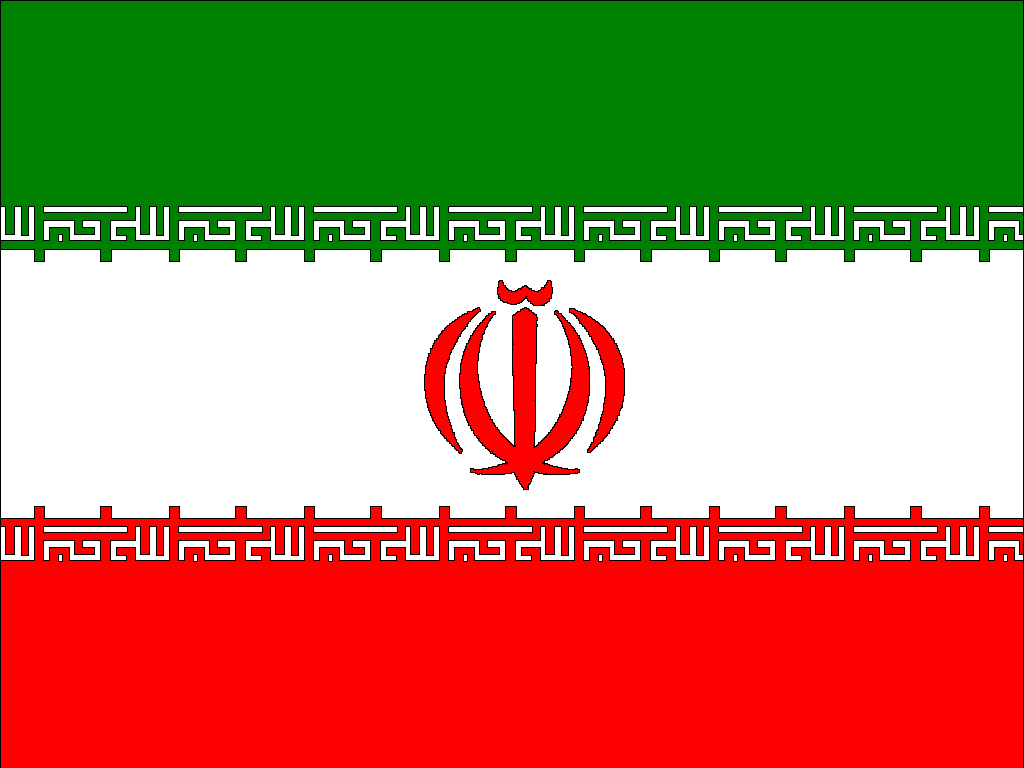Iran has started up new cascades of advanced centrifuges. It plans to install others in the coming weeks after facing criticism over its nuclear program, the United Nations’ atomic watchdog said Friday. The U.S. said that it considers the moves ‘nuclear escalations.’
Spinning up new centrifuges further advances Iran’s nuclear program. The program already enriches uranium at near-weapons-grade levels. It boasts a stockpile big enough for several nuclear bombs if it chose to pursue them.
The acknowledgement from the International Atomic Energy Agency (IAEA) did not include any suggestion that Iran planned to go to higher enrichment levels in spite of increased tensions between Tehran and the West as the Israel-Hamas war rages in the Gaza Strip.
The IAEA stated that its inspectors verified last Monday that Iran had begun feeding uranium into three cascades of advanced IR-4 and IR-6 centrifuges at its Natanz enrichment facility. Cascades are clusters of centrifuges that spin uranium gas to more quickly enrich the uranium.
Iran has been enriching uranium in those cascades up to two percent purity. Iran already enriches uranium up to sixty percent. That is a short, technical step away from weapons-grade levels of ninety percent.
Iran also plans to install eighteen cascades of IR-2m centrifuges at Natanz and eight cascades of IR-6 centrifuges at its Fordo nuclear site. Each of these classes of centrifuges enrich uranium faster than Iran’s baseline IR-1 centrifuges. The IR-1 centrifuges remain the workhorse of the country’s atomic program.
Iran did not immediately admit their decision. It comes after Iran threatened to take action following a vote earlier this month at the IAEA’s Board of Governors that censured Iran for failing to cooperate completely with the agency.
The decision was immediately criticized by State Department spokesman Matthew Miller. He said, “Iran aims to continue expanding its nuclear program in ways that have no credible peaceful purpose. These planned actions further undermine Iran’s claims to the contrary. If Iran implements these plans, we will respond accordingly.”
Miller did not give any detail on what steps the U.S. and its allies might take. Iran already faces grinding economic sanctions from Washington and others that have deeply hurt its economy and sent its rial currency crashing over recent years.
Iran’s 2015 nuclear deal with world powers collapsed following the U.S.’ unilateral withdraw from the accord in 2018. Since then, it has pursued nuclear enrichment just below weapons-grade levels. U.S. intelligence agencies and others do not believe that Iran has begun a weapons program yet.
Iran is a signatory to the Treaty on the Non-Proliferation of Nuclear Weapons. It has pledged to permit the IAEA to visit its atomic sites to ensure its program is peaceful. Iran agreed to additional oversight from the IAEA as part of the 2015 nuclear deal. However, for years it has curtailed inspectors’ access to sites. It also does not fully answer questions about other sites where nuclear material has been found in the past.
Rafael Mariano Grossi is the IAEA’s director-general. He visited Iran in May in an effort to increase inspections, but there hasn’t been any major public change in Iran’s stance.
All this comes as Iran also appears to be trying to contain the risk it faces from the U.S. following an unprecedented attack on Israel. The assault was a response to a suspected Israeli strike on April 1 which killed two Guard generals and others in Damascus, Syria. This attack has pushed a yearslong shadow war between Israel and Iran out into the open.
